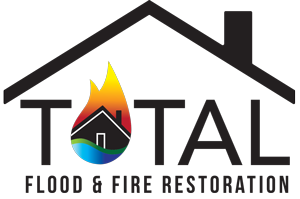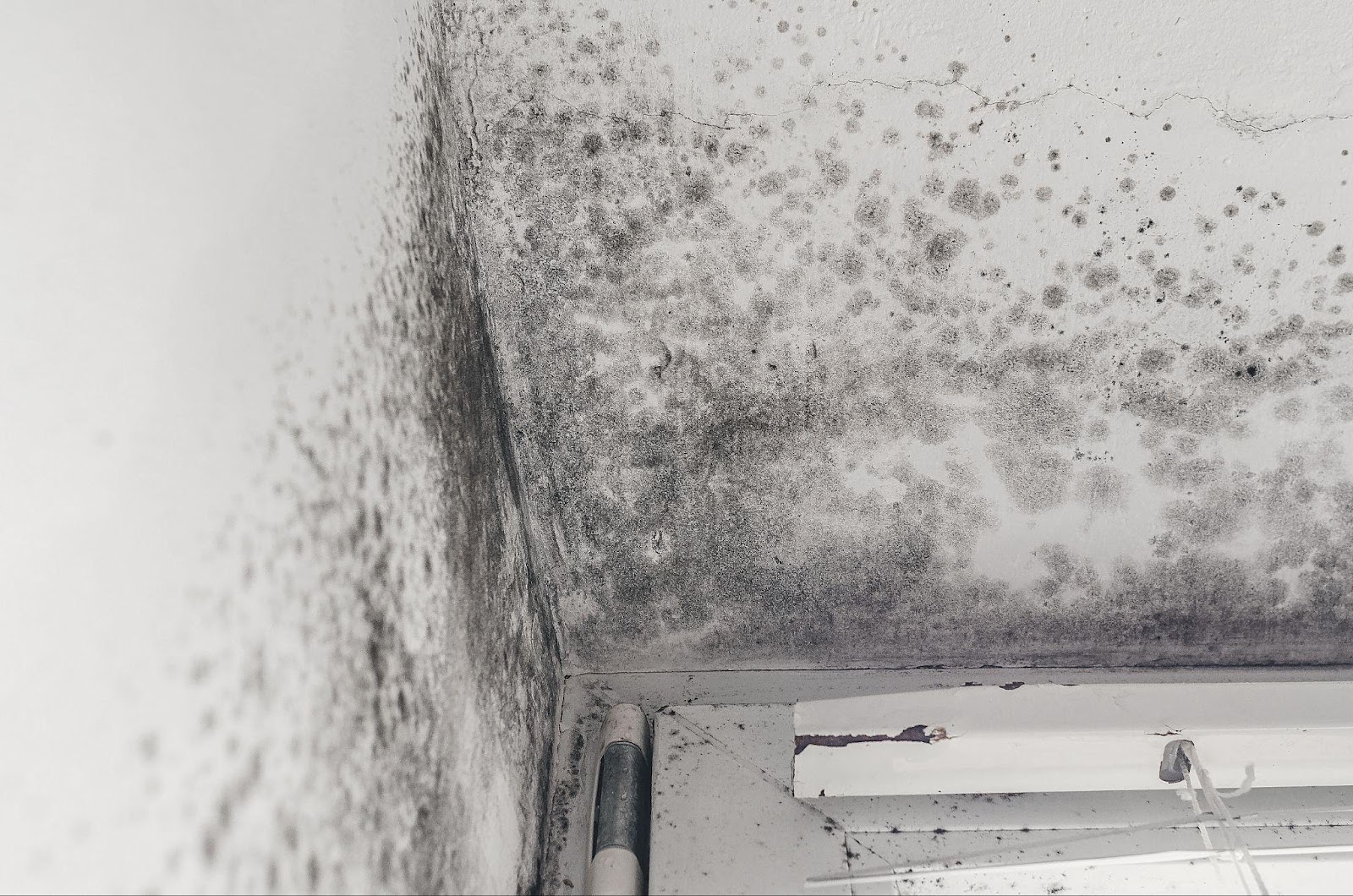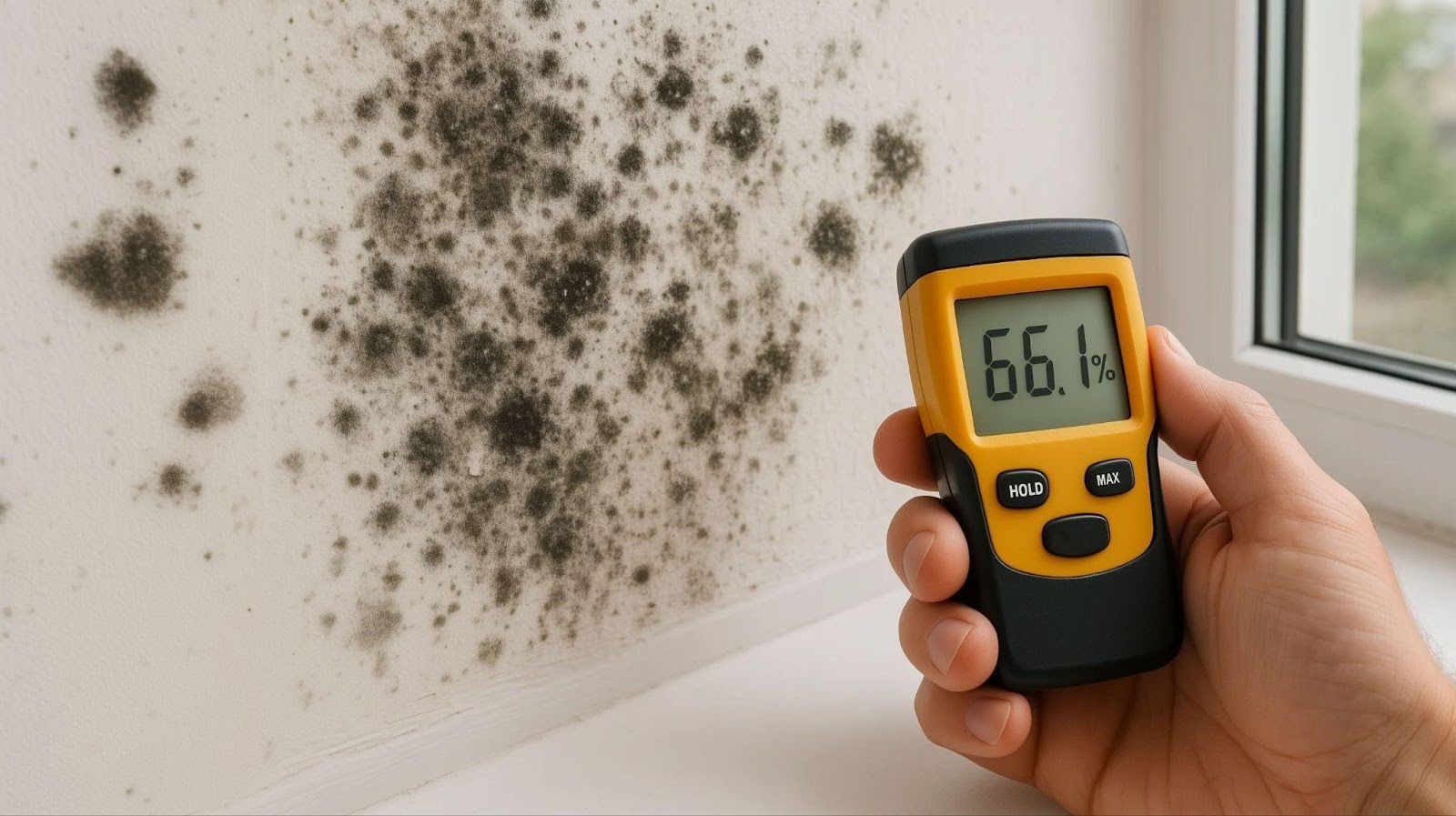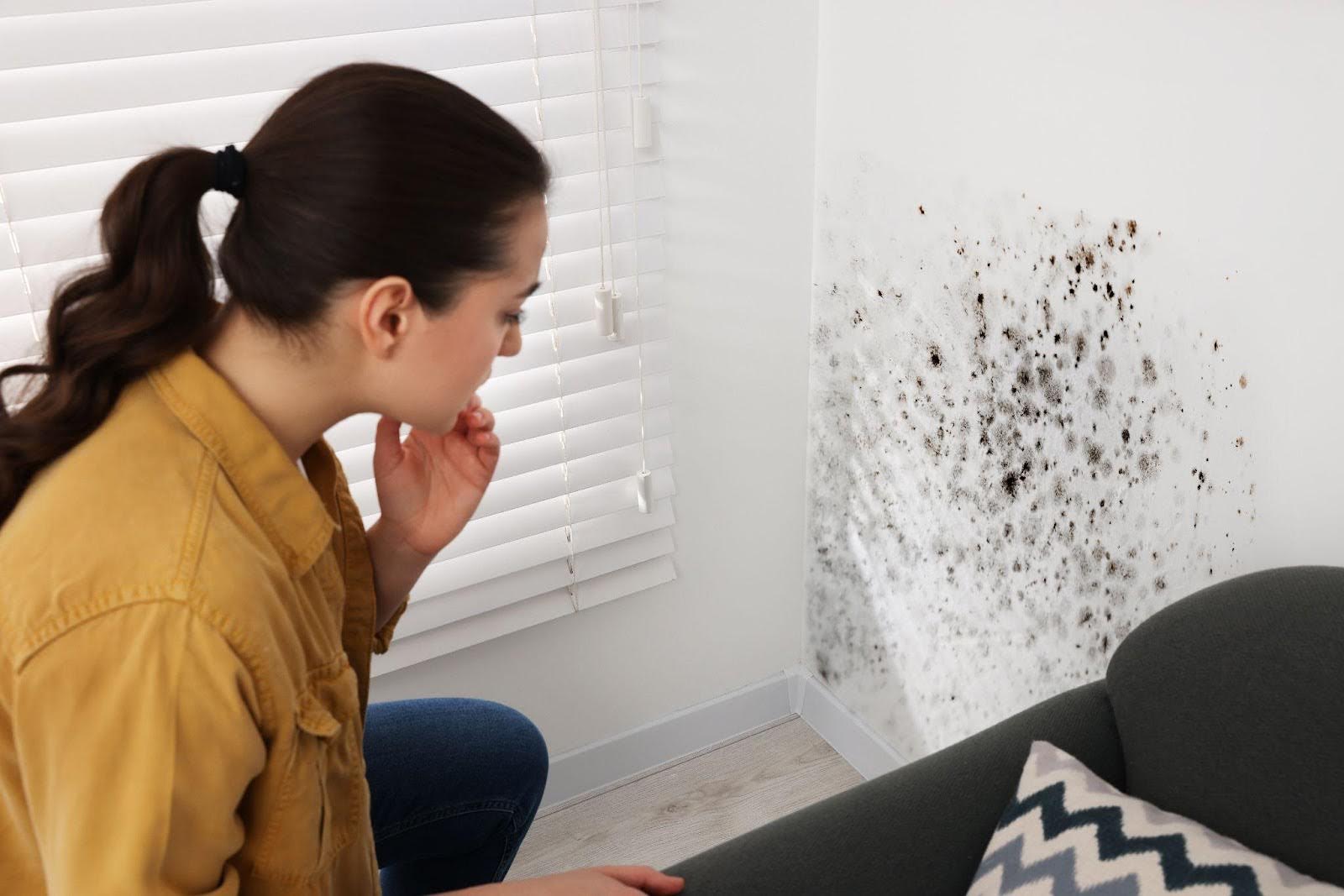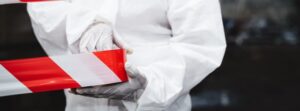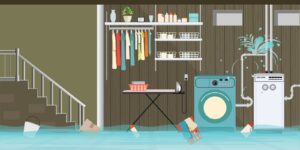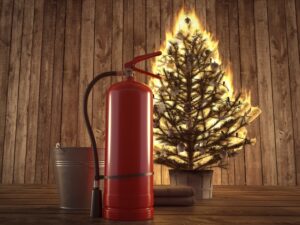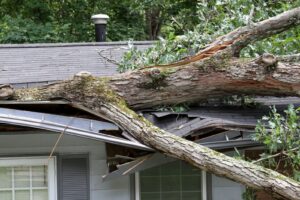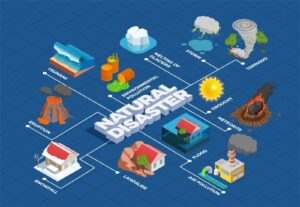Floods create more than visible water damage — they create ideal conditions for mold to thrive. Once water enters your home, the countdown begins. Mold spores start spreading within 24 to 48 hours, targeting drywall, insulation, flooring, and furniture.
This blog outlines the most effective mold prevention strategies after floods. Whether you’re handling a minor leak or recovering from a major disaster, these steps help protect your home and restore indoor air quality quickly.
Why mold forms after a flood
Floods create ideal conditions for mold to grow. When moisture meets organic material and lacks proper airflow, mold begins spreading rapidly — often out of sight.
Mold thrives on moisture and poor ventilation
To grow, mold spores need water, organic surfaces like drywall or wood, and low airflow. Floodwater provides all three. Materials like carpet, insulation, and subflooring trap moisture and keep it from drying properly, encouraging mold to take hold.
Water hides in hidden spaces
Floodwater seeps deep into wall cavities, under floorboards, and behind cabinets. Even after surfaces appear dry, moisture lingers in these hidden areas and supports mold growth. Many homeowners overlook these spots, thinking they’ve solved the problem.
Mold grows fast
Mold begins forming quickly — usually within the first two days after flooding. Spores multiply and spread without immediate action, increasing the risk of costly cleanup and health problems.
Understanding what mold needs to grow helps you act quickly and target the right areas. The sooner you remove moisture and improve airflow, the better your chances of avoiding a serious mold outbreak.
Act fast: Initial steps to take
Take immediate action to reduce moisture and stop contamination before mold begins to grow.
Ventilate the space
Open windows and doors to let fresh air circulate. Use fans to push out humid air and reduce indoor moisture.
Shut off the power
Turn off the electricity at the main breaker before entering flooded areas. If you suspect damage, call a licensed professional before going inside.
Start water removal
Use wet vacuums, pumps, or mops to extract standing water. Prioritize basements and low-lying areas where water lingers the longest.
Move wet belongings
Relocate soaked furniture, rugs, and valuables to a dry area. Elevate items on blocks or foil to prevent further moisture absorption.
Dry hard surfaces
Wipe tile, wood, and concrete with towels or squeegees. If left untreated, even small amounts of water on these surfaces can feed mold.
Dry everything thoroughly
After removing standing water, focus on drying every part of the affected area. Moisture hides in walls, floors, and cavities, and if left unchecked, even small amounts can spark mold growth.
Use commercial-grade drying equipment
Set up air movers to push airflow across damp surfaces. Run dehumidifiers at full strength to pull moisture from the air and prevent condensation. Keep them running non-stop for several days until the surfaces test dry with a moisture meter.
Target hidden moisture
Check areas like subfloors, insulation, wall interiors, and cabinets. Remove baseboards and pull back carpets to let air reach trapped moisture. If necessary, drill small holes in drywall to ventilate wall cavities. Ignoring these zones risks future mold problems, even if surfaces look dry.
Track humidity closely
Use a hygrometer to measure indoor humidity. Keep levels between 30 and 50 percent to stop mold from developing. If the reading stays high, increase ventilation or add more dehumidifiers. Continue monitoring until the entire space is dry — inside and out.
Remove porous and contaminated materials
Once you start drying, immediately remove porous materials that hold moisture and support mold growth. Floodwater contaminates everything it touches, and materials like drywall, insulation, and carpeting absorb that moisture deep within.
Discard unsalvageable items
Toss damaged drywall, insulation, carpet, carpet padding, ceiling tiles, and upholstered furniture. These materials absorb water fast and trap bacteria, mold spores, and odor.
Stop hidden mold from spreading
Even when surfaces feel dry, moisture inside porous items can feed mold colonies that grow behind walls or under flooring. Leaving them in place creates a long-term contamination risk.
Use proper safety gear
During removal, wear gloves, goggles, long sleeves, and an N95 respirator. Bag debris in heavy-duty trash bags and follow local disposal rules. If damage covers a wide area, call a certified mold remediation professional to ensure safe removal.
Clean and disinfect surfaces properly
After removing floodwater and damaged materials, thoroughly clean and sanitize all remaining surfaces. Floodwaters often leave behind bacteria, mold spores, and chemical contaminants that pose health risks.
Use EPA-registered disinfectants
Choose cleaning products that target mold and mildew. EPA-approved disinfectants contain antimicrobial ingredients that stop spores from regrowing. Always check the label to make sure the product is suitable for post-flood cleanup.
Scrub surfaces and dry them completely
Use a stiff-bristle brush to clean hard surfaces like wood, tile, concrete, and metal. Pay close attention to seams, corners, and cracks. After scrubbing, rinse the area and dry it thoroughly.
Skip bleach on porous materials
Avoid using bleach on drywall, carpet, or wood. While bleach might kill surface mold, it cannot reach deeper layers where spores hide. It may also damage the material and release harmful fumes in enclosed spaces. When in doubt, remove and replace porous items.
Check for signs of hidden mold
Mold often grows in damp places after a flood. Focus on areas like wall cavities, under floorboards, and inside HVAC systems where moisture lingers.
Look for musty odors, peeling paint, warping, or discoloration. These signs usually point to mold forming behind surfaces.
If you notice any of these red flags, bring in a certified mold specialist. They use tools to find and remove hidden mold before it spreads and causes long-term damage.
Protect your home with expert help from Total Flood and Fire Restoration
When the mold damage is severe or moisture reaches deep into hidden areas, professional help becomes essential. Total Flood and Fire Restoration brings the tools, training, and experience needed to stop mold at the source. Their certified team knows how to assess your space, eliminate contamination, and restore air quality with precision and care.
Don’t let post-flood mold compromise your home or health. Contact Total Flood and Fire Restoration to schedule an inspection and get the expert support you need for a safe, thorough recovery.
